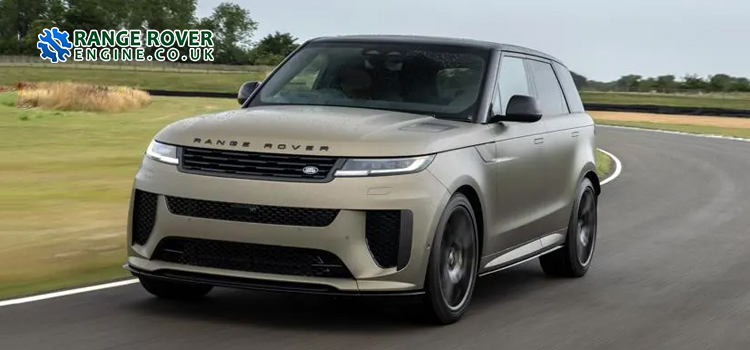Unpacking the Power and Efficiency of the Range Rover Engine 2.0

The Range Rover Engine 2.0 is a marvel of modern engineering, combining power, efficiency, and refinement to deliver an unparalleled driving experience. As the latest addition to the iconic Range Rover family, this engine has been designed to meet the demands of a new generation of drivers who crave performance, sustainability, and luxury. In this article, we’ll delve into the features, benefits, and technical specifications of the Range Rover Engine, exploring what makes it a standout in the world of premium SUVs.
Design and Architecture
The Range Rover Engine 2.0 is a inline-4 cylinder engine, featuring a compact design that belies its impressive capabilities. With a displacement of 1,997cc, this engine has been optimized for efficiency and responsiveness, thanks to its lightweight aluminum construction and advanced turbocharging technology. The engine’s compact size also allows for improved packaging, enabling a more spacious cabin and increased cargo capacity.
Turbocharging and Fuel Injection
At the heart of the Range Rover Engine 2.0 lies a sophisticated turbocharging system, utilizing a twin-scroll turbocharger to force-feed air into the engine’s combustion chambers. This design enables rapid spooling and reduced lag, delivering a seamless surge of power and torque. The engine also features a high-pressure fuel injection system, capable of injecting fuel at pressures of up to 2,500 bar. This ensures precise control over fuel delivery, resulting in improved efficiency and reduced emissions.
Performance and Power Output
The Land Rover Engine produces an impressive 296 horsepower (220kW) at 5,500 rpm, accompanied by a generous 295 lb-ft (400 Nm) of torque between 1,500 and 4,000 rpm. This power output enables the Range Rover to accelerate from 0-60 mph in just 7.4 seconds, while its top speed is electronically limited to 130 mph. The engine’s broad power band and responsive character make it an ideal companion for both urban and off-road driving scenarios.
Efficiency and Emissions
Despite its impressive performance, the Range Rover Engine 2.0 has been designed with efficiency in mind. With a combined fuel economy of up to 25.9 mpg (10.9 l/100km), this engine offers a compelling proposition for those seeking a balance between power and sustainability. Emissions are also kept in check, with CO2 outputs as low as 174 g/km. These figures are made possible by the engine’s advanced technologies, including automatic start/stop and an intelligent alternator that harvests kinetic energy to recharge the battery.
Refinement and Noise Reduction
The Range Rover Engine 2.0 has been engineered to provide a refined and peaceful driving experience, thanks to a range of noise-reducing measures. These include an acoustic engine cover, sound-absorbing materials, and an active exhaust system that minimizes unwanted noise frequencies. The result is a cabin environment that is both serene and luxurious, perfect for enjoying the Range Rover’s renowned comfort and amenities.
Technical Specifications
Engine type: Inline-4 cylinder
Displacement: 1,997cc
Power output: 296 horsepower (220kW) at 5,500 rpm
Torque output: 295 lb-ft (400 Nm) between 1,500 and 4,000 rpm
Turbocharging: Twin-scroll turbocharger
Fuel injection: High-pressure fuel injection (up to 2,500 bar)
Fuel economy (combined): Up to 25.9 mpg (10.9 l/100km)
Emissions (CO2): As low as 174 g/km
Top speed: Electronically limited to 130 mph
Conclusion
The Range Rover Engine 2.0 represents a triumph of modern engineering, offering a compelling blend of power, efficiency, and refinement. Whether tackling challenging off-road terrain or cruising through urban landscapes, this engine has been designed to deliver an unparalleled driving experience. With its advanced technologies, compact design, and impressive performance, the Range Rover Engine 2.0 is a fitting addition to the iconic Range Rover family.


